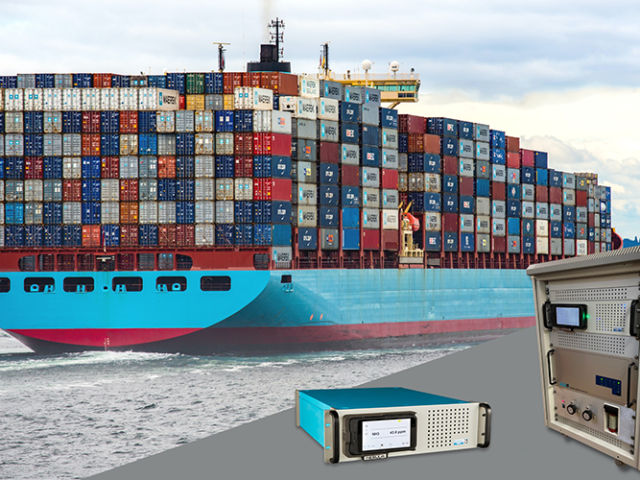Developed due to a need for a simplified, “modular” interconnection system for phone systems, the aptly named modular connector first came onto the scene as a part of AT&T’s Trimline phone in 1965 and later gained more widespread public adoption in the early 1970s.
Around this same time, the FCC created the Registered Jack (RJ) registration system for modular connectors that provided us with the well-recognized RJ connector naming conventions found in phone systems, data networks, and low-speed serial connections today.
Whether talking about RJ10, RJ11, and RJ12 connectors most commonly found in phone systems or the ever-popular RJ45 connector designed for Ethernet-based connections, modular connectors have become ubiquitous in their use due to their simplified design, flexibility, and availability.
This CUI Insights blog post, “All You Need to Know About Modular Connectors” provides an overview of modular connectors, while discussing their capabilities, common types, key features, and design considerations to aid in proper RJ connector selection.




